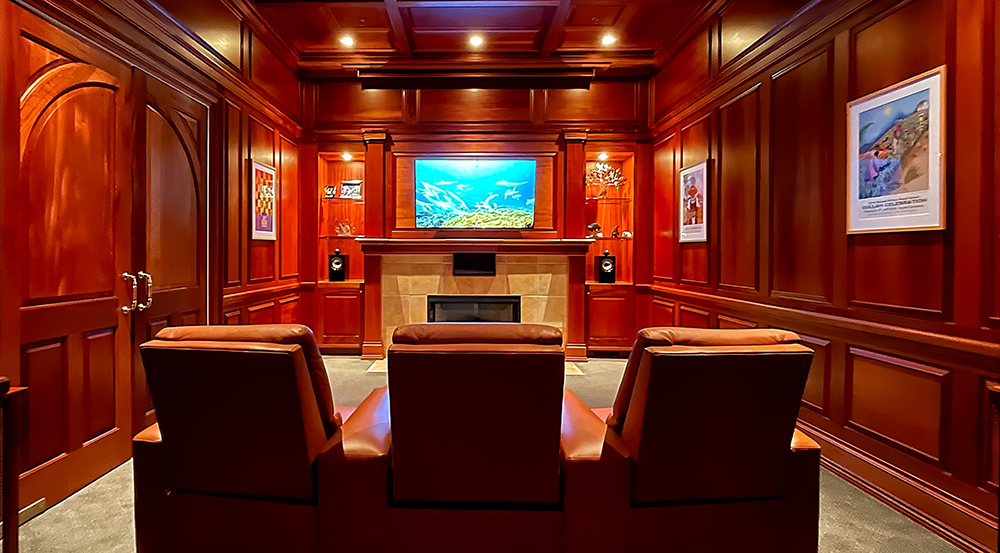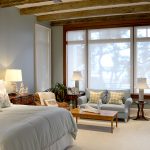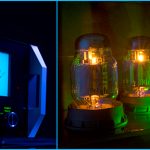What to Know When Considering a Home Theater – Part 3
This final article of the What to Know When Considering a Home Theater series covers the options available that one might use in a home theater or media room. Click here for part 1 and here for part 2 of this series.
Home Theater Audio
Back in the dawn of home theater, over twenty years ago, the desire was growing for quality audio in the home to match that of THX rated movie theaters, and thus began a long series of steady changes in technology. While there are have been (and still are) many possible configurations, the information below is intended to cut through the marketing jargon to get to the core concepts of home theater audio.
The Basic Components of Home Theater Audio
To get audio in a home theater three things are needed: an audio decoder (also sometimes called a preamp or processor), amplification for the speakers, and the speakers themselves. Sometimes two of these three things are built into the same box. When a decoder and amplification are put together this is called a home theater receiver, and likewise sometimes speakers can be found that have amplification built in.
Home theater receivers have been very popular throughout the years as they combine two components together, providing a price reduction to the end user. The historical drawback to this approach has been that home theater receivers almost never have the best amplification built in and also, they tend to become obsolete more quickly. For those seeking to create a quality home theater, separate audio decoder and amplification is recommended.

Speakers and More Speakers
An often-asked question is how many speakers are there in a surround sound system. The speakers needed for a basic surround sound system are:
The front three; a left, center, and right speaker. The left and right speakers being a stereo pair typically flanking the television or projector screen, and the center speaker usually located below the television or sometimes hidden behind a projector screen. These speakers typically carry 70% or more of the audio you hear.
The surrounds: depending on a rooms size and the number of seats planned for, typically either five or seven speakers would be placed beside and behind the seating area. These speakers are best placed on or in the walls at approximately head level, but for open floorplan rooms, specialized ceiling speakers can also be used.
The Subwoofer(s): Most speakers in a home theater typically do not play the lowest frequency sounds that you might hear in a movie or TV program. A subwoofer is a speaker that makes up for this lack and fills the room with full immersive sounds that would otherwise be missed, things like explosions and the deep rumblings of spaceships. It is a common misconception that more than one subwoofer is unnecessary. In large home theaters, having two or even four subwoofers is not uncommon for those who put quality and performance first.
Atmos and 3D effect speakers: in recent years the advent of computer aided sound design now allows film makers and showrunners to make even more nuanced sound that takes the original surround sound technology to a new level, but to accomplish this, either two or four additional ceiling speakers are needed. Because of the more precise nature of this ultimate setup, a greater attention to design and speaker location is required and for some floorplans it may not be practical.
Professional Home Theater Design
What has been discussed here is just the basics of home theater audio. Whether you are searching for maximum performance or the best solution for a unique room, it is always a good idea to consult with a home theater expert. If you have questions about a room that you are thinking of turning into a home theater, reach out to us here at Custom Audio Video.
Thanks very much for checking out our three-part series on home theaters. We home it has been helpful to you!










